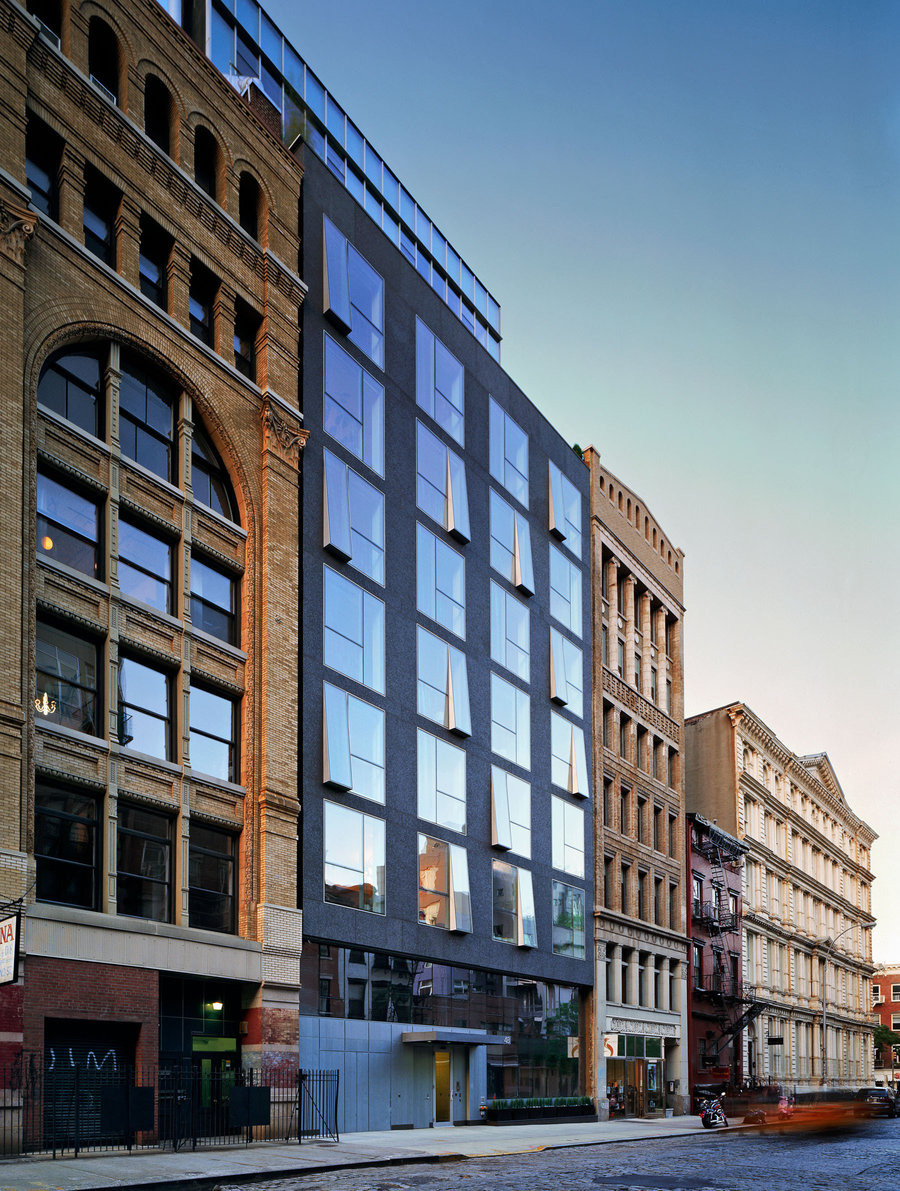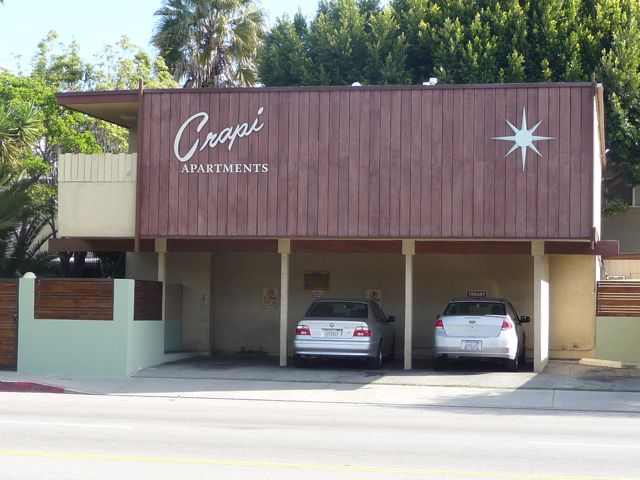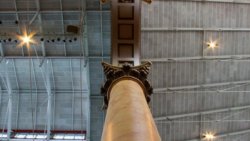Architecture of Change
It’s a common occurrence; as common as the world turning, and kind of related to it, too. Everything changes. Technology has continued to change at what feels like the speed of light. We get older. Seasons change. But what does that mean for us architects? How do we act as part of the architecture of change?
Note: This is the twenty-fifth post in a group series called #ArchiTalks in which Bob Borson of Life of an Architect gives a group of us architects a theme or a set of questions and we all have to post our response… this month’s theme: “Architecture of Change”.
To Change or Not To Change
Well…there really is no question. While it’s easy to sit back and do the same thing you’ve always done, at some point the world will leave you behind, you won’t be capable or up to date enough to properly help your clients, and your competition will get your work. No one benefits from stagnation. If you aren’t growing, you’re dying.
You can build a new piece of architecture (or retrofit a historic one), use all of the research you have at your disposal, create a project that solves issues your client didn’t know they had, benefits the community, uses less energy, AND does what the client asked for.
Or you can build the cheapest thing, with no energy improvements, using no architecture (let alone artistic) skill, because you’re ONLY doing what the client asks.
Be the architect(ure) of change.
1. Learn Something New
Start by subscribing to a new blog you like. Or pick up a magazine. Or a book. Start small, but make it a habit. Read it before bed, on your commute, over lunch, or during a 5min break.
Go to an event in your community. Whether it’s AIA, a non-profit mixer, a professional development group, or a book club. Get outside your comfort zone and into a new subject. You’ll be able to share what you know AND learn from others.
Go to a conference. The 2017 Conference on Architecture is later this month (and I’m speaking!), where *full circle* the theme is “Architecture of Change”. Come hear some of the brightest minds in the profession…and me…talk about what the future of architecture looks like and learn how you can be a part of it.
2. Share What You Learn
Write about that book, or magazine, or blog. Talk to your friend at lunch or over drinks about what you learned. Start your own blog. Give your ideas space to ferment.
Go to the community event the next time it happens. Invite a friend so they can join in on the fun and learn to. Volunteer with the group to make sure the next event happens.
Share what you learned at your conference with your office when you get back, either individually with the appropriate people or over a larger lunch. Talk about one session that stuck out, or all of them. But talk about it. Your firm will immediately receive the benefit of having paid for one person to go, but now the entire firm has the knowledge. And guess what? They’ll probably send you again because of it.
The point is to share your brain and your skills. Help others learn what you’ve learned. And don’t stop learning. Rising tides raise all ships. And unlike climate change, the increased knowledge of everyone around you is a good thing.
3. Get to Work
See about implementing that new detail you saw in the magazine in a project (if it fits – don’t smash a square peg in a round hole). Or helping improve your company’s benchmark set based on that whitepaper you just read. Or revamping your performance process based on that business book.
Join the board of that group. Make sure others are aware of it and help spread their mission. Do. Good. Things.
Use your re-freshed brain full of session ideas to improve a project. Or to start on a better foot for the next one. Consider applying to speak at the next conference to share what you learned, or what you realize that you’re becoming good at.
The reality is each of these things will start with small steps. Unless you’re a firm leader, or in a firm of 3, the likelihood of you up and changing a benchmark set right away is small. But you can start the conversation of what you learned and you can collectively decide if that’s a beneficial step for the firm. You can share what you know and better a detail from what you’ve learned and maybe the next standards update will have that pretty little detail in it. You can go speak and then provide these same lessons to the person across the nation who attends and hears you…and does this same thing at their office.
Learn. Share. Do.
Wash. Rinse. Repeat.
That’s how, slowly but surely, you help be the architecture of change. That’s how we better our profession and provide better infrastructure for our communities, cities, and world.
Join me. Be the change.
To see the take on “Architecture of Change” from other Architects, follow the links to the others in the #ArchiTalks group who are posting today on the theme:
- Marica McKeel – Studio MM (@ArchitectMM) “ArchiTalks : Architecture of Change”
- Lee Calisti – Think Architect (@LeeCalisti) “architecture for change”
- Rock Talk – Wishing Rock Home (@Wishingrockhome) “Change — The Document Evolution”
- Michele Grace Hottel – Architect (@mghottel) “Architecture of Change”
- Michael LaValley – Evolving Architect (@archivalley) “My Architecture of Change / Hitting Pause to Redesign My Life”
- Brian Paletz – The Emerging Architect (@bpaletz) “Architecture = Change”
- Jim Mehaffy – Yeoman Architect (@jamesmehaffy) “Changes”
- Brady Ernst – Soapbox Architect (@bradyernstAIA) “The Architecture of Change: R/UDAT”
- Nisha Kandiah – ArchiDragon (@ArchiDragon) “The art of Architecture of Change”
- Mark Stephens – Mark Stephens Architects (@architectmark) “The Architecture of Change”
- Jeffrey Pelletier – Board & Vellum (@boardandvellum) “Imagining the Future of Architecture”
- Samantha R. Markham – The Aspiring Architect (TheAspiringArch) “3 Things I Hope Change in Architecture”
- Collier Ward – One More Story (@BuildingContent) “Architecture of Change”
- Jeremiah Russell, AIA – ROGUE Architecture, Inc. (@rogue_architect) “architecture of change: #architalks”
- Rusty Long – Rusty Long, Architect (@rustylong) “Architecture of Change”
- Brinn Miracle – Architangent (@architangent) “Architecture of Change: Building a Legacy”






